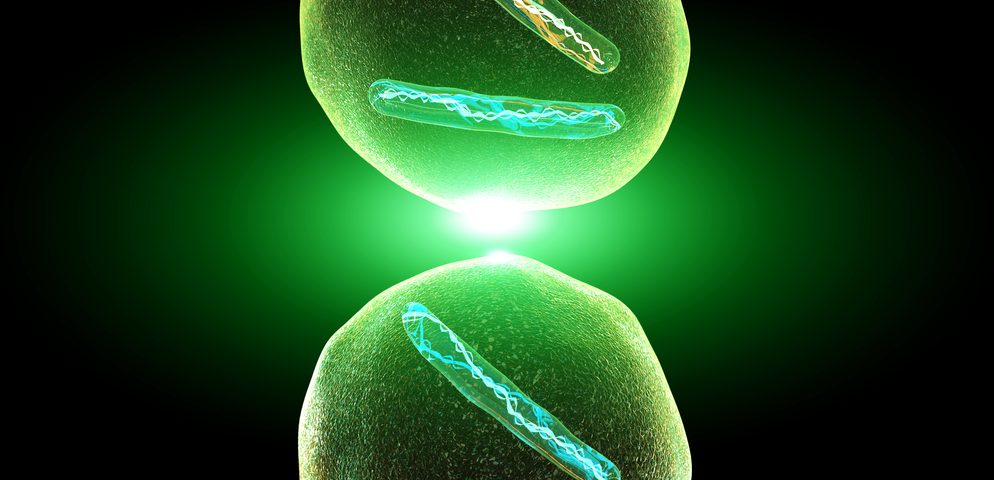Massachusetts General Hospital (MGH) researchers have identified a previously unknown mechanism that allows BRAF-mutant melanoma cells to resist targeted therapies.
The study “Loss of cohesin complex components STAG2 or STAG3 confers resistance to BRAF inhibition in melanoma” was recently published in the journal Nature Medicine.
Malignant melanoma, the most deadly form of skin cancer, is driven in about 50% of the cases by defects (mutations) in the BRAF gene (a protein that helps the cancer grow). Therapies against the tumors usually inhibit BRAF activity and halt tumor growth, but many patients develop resistance to the therapies and tumors recur.
Other mutations, including in the MAPK (mitogen-activated protein kinases) pathway for proliferation, differentiation, motility, and survival of cells, which BRAF is a component, allow tumor cells to overcome suppression of BRAF activity. In about 25% of melanoma cases, the underlying mechanisms of BRAF inhibitors resistance remains unknown.
Bin Zheng, PhD, of the Cutaneous Biology Research Center at MGH and study author, said in a press release that discovering that losing the tumor suppressors STAG2 or STAG3 is a genetic mechanism of BRAF inhibitor resistance also revealed an unexpected link between the proteins and the MAPK cell-growth pathway, which when activated drives the tumors.
“Understanding and overcoming resistance to BRAF inhibition remains a major challenge facing the melanoma field. Identifying biomarkers capable of predicting response to BRAF inhibitor drugs — such as vemurafenib and dabrafenib — will facilitate early identification of patients likely to benefit from treatment and enable monitoring the development of resistance, which would allow consideration of other treatment options prior to relapse,” Zheng said.
Researchers performed a whole-exome sequencing (technique that sequences all expressed genes in a genome) in patients’ tumors at two time-points: before and after they develop resistance to the BRAF inhibitor vemurafinib. They then compared novel mutations that appeared after resistance against the drug.
A single significant mutation was identified in a tumor suppressor gene called STAG2. Together with STAG1 and STAG3, the genes are key components of a complex that regulates an essential stage in cellular division – the separation of chromosomes.
Expression of all three STAG proteins was reduced in melanoma cell lines resistant to treatment. When researchers decreased the expression of STAG2 or STAG3 in cultured melanoma cell lines and in tumors implanted into mice, they observed that tumor cells became less sensitive to BRAF inhibition, because of a reactivating step in the MAPK pathway. On the contrary, increasing protein levels of either STAG2 or STAG3 in BRAF-mutated melanoma cells render them more susceptible to vemurafinib treatment.
Zheng, who is also an assistant professor of Dermatology at Harvard Medical School said the observation that the mutations of STAG2 or STAG3 can lead to reactivation of the MAPK pathway was a new and unexpected finding.
“We are now working to identify vulnerabilities in STAG2/3 mutant melanomas and discover new approaches to targeting these tumors, which we hope will provide new insight into both preventing BRAF inhibitor resistance and treating tumors that have become resistant,” Zheng said.


